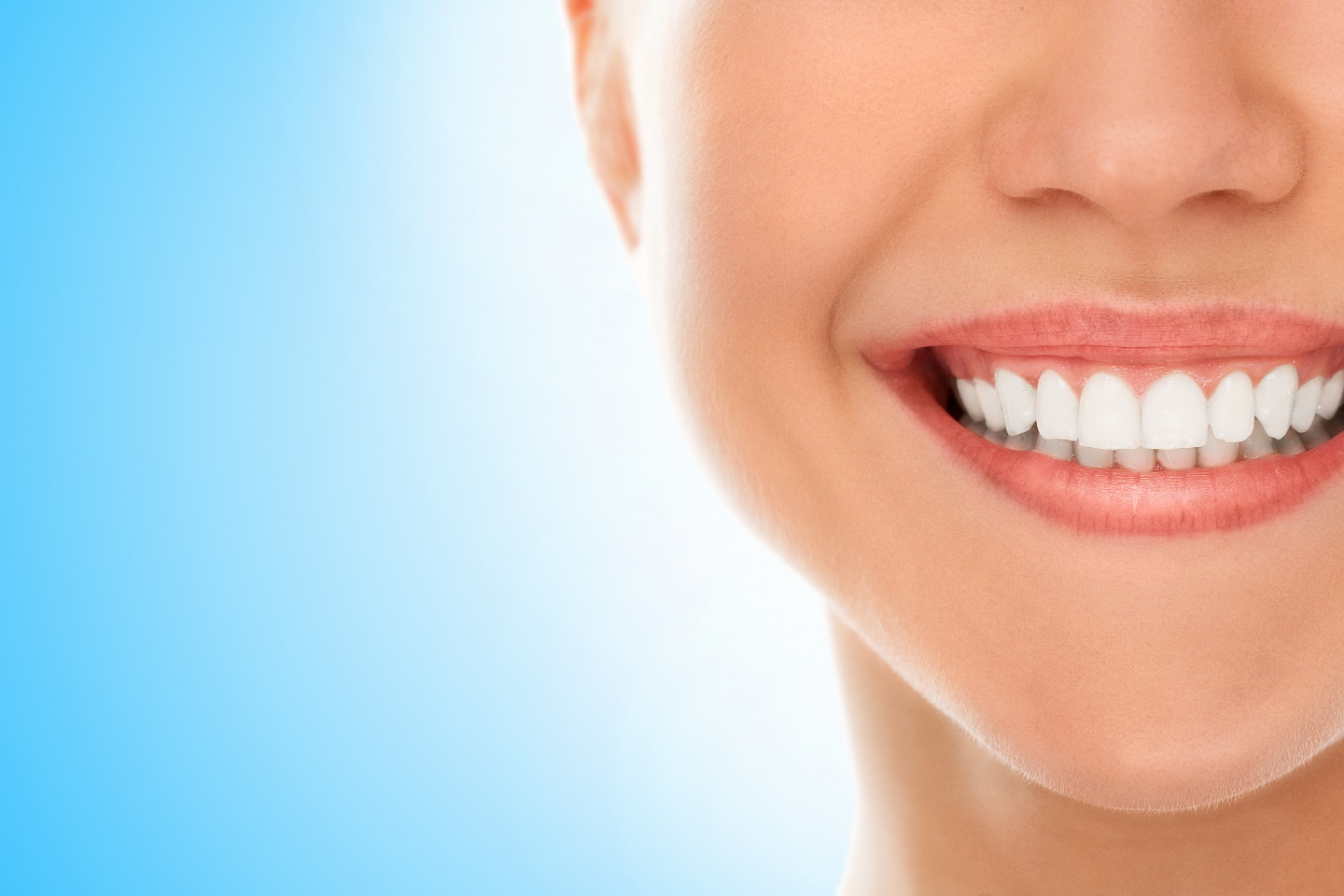This website uses cookies so that we can provide you with the best user experience possible. Cookie information is stored in your browser and performs functions such as recognising you when you return to our website and helping our team to understand which sections of the website you find most interesting and useful.
Dental Bonding

Dental bonding is a procedure in which a tooth-colored resin material is applied and cured (hardened) with a special light, which ultimately “bonds” the material to the tooth.The final result looks and functions like the original tooth. Bonding is typically used for cosmetic purposes to restore and improve the appearance of a person’s smile.
This method is used to:
-Improve dental imperfections
–Improve the appearance of discolored teeth
-Repair chipped, broken and cracked teeth
-Close tooth gaps
-Change the shape and colour of teeth and provide a harmonious dental arch
-Protect the tooth’s root that has been exposed due to gum recession
Tooth bonding is a less expensive, faster and less complicated alternative in comparison to crowns and veneers.
Advantages of dental bonding
- Bonding is less expensive in comparison with veneers and crowns which must be manufactured in a dental lab
- Bonding usually only requires one dental visit
- It is a painless procedure which doesn’t usually require anesthetics
- There is no necessity for extensive tooth enamel removal
- Bonding on teeth can be repaired easily
- If the final result is not satisfactory it can be easily reshaped and improved
Disadvantages of dental bonding
- Composite resins present less strength in comparison with dental ceramics of veneers and crowns.They may chip and break off if extensive force is applied. Fortunately, resins can be repaired easily in one appointment.
- Bonding materials do not last long.They should be replaced after 6-7 years.
- Composite resin doesn’t resist stains like porcelain veneers or crowns do.
- The final result depends on the expertise of the specialized dentist.
- Bonding is not applied on patients with bruxism and clenching.
How to take care of Bonded Teeth
- Avoid habits such as biting hard food,fingernails,ice cubes and chewing on pens with bonded teeth.
- Reduce smoking.
- Reduce the consumption of tea, coffee, red wine and substances that can stain the bonding material.
- Good oral hygiene is important for maintaining the results for many years.
- Visit your dentist every six months for dental prophylaxis.

